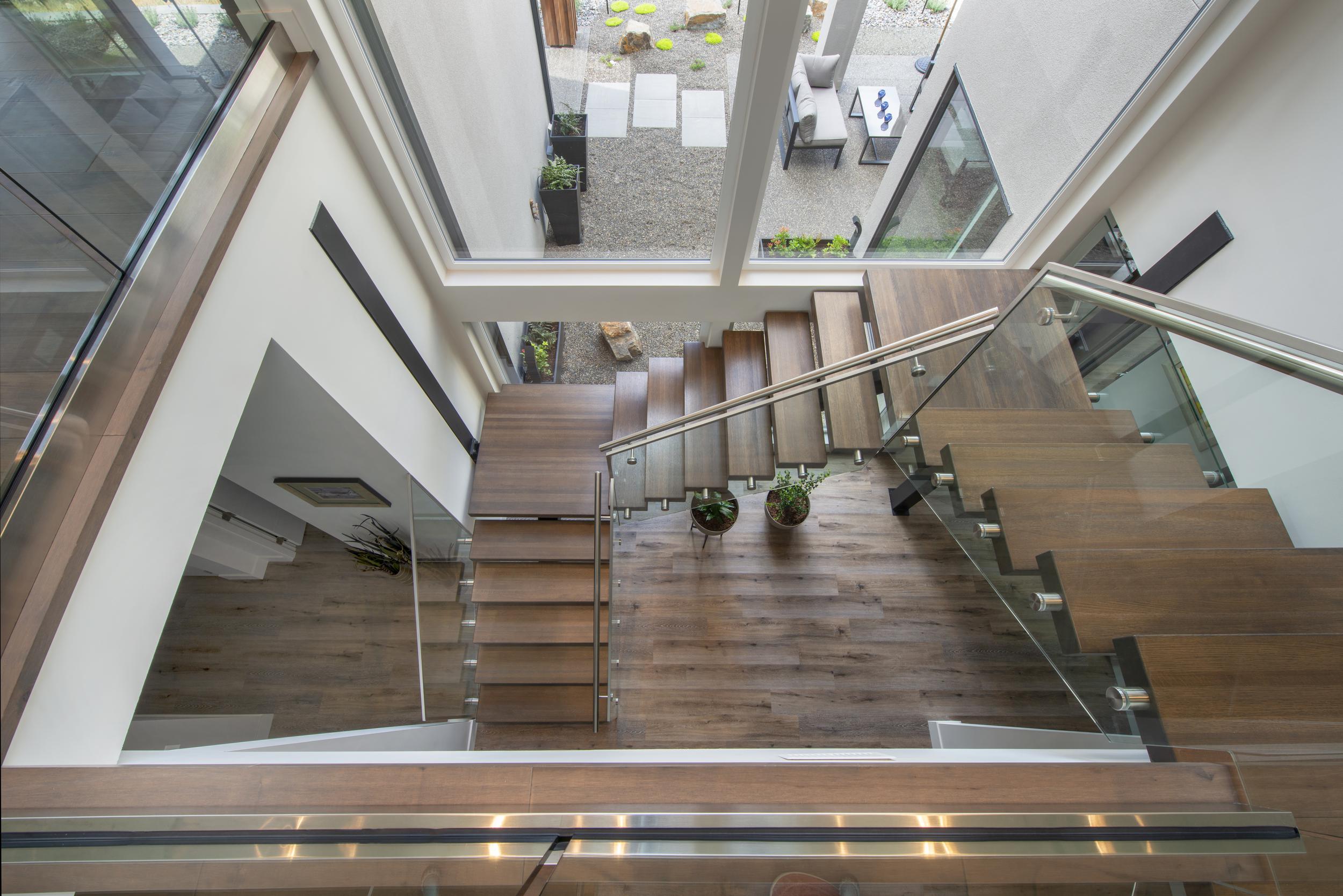
We’ve all seen the adorable tiny houses as champions of the movement towards sustainable homes, but how do you approach green building with a more traditional house?
Picture your dream home. Maybe it’s the resort-like perch above Okanagan Lake perfect, or the secluded mountain perch amidst a sea of Ponderosa Pine. Now you’ve got an idyllic locale, but, if you’re like many, you’re also thinking about how you can build your new home in a way that prioritizes eco-friendliness and energy savings.
Here is what you need to know about building a sustainable home in the Okanagan as you attempt to answer the question: Is it worth the effort and expense?
As cities continue to grow and the world aims to do better for the climate, the need for green building practices is on the rise.
According to a 2017 study published by the United Nations and International Energy Agency, buildings and construction account for 39% of energy-related carbon dioxide emissions.
Fueled by the need for change and Vancouver’s Greenest City 2020 Initiative, B.C. is a leader in energy-efficient housing through its Energy Step Code. The five-step code aims to see net-zero energy-ready new building requirements by 2032.
While green options such as eye-catching rammed walls and straw bale homes exist, you can find closer alternatives to more traditional and modern building materials to create the sustainable home of your dreams.
From natural stone to cellulose-fiber insulation and recycled steel, there are plenty of green options available on the market. Whether you’re looking for a more natural, rustic look or a modern and elegant design, you can use a simple checklist to determine how green your building materials are.
Green Building Canada says a material may be considered green if it’s:
Beyond the building materials, there are countless green home features to think about. Insulation and sealing are critical, and often overlooked, aspects of creating an eco-friendly home. Drive your Hydro bill down even further with heat recovery systems, solar panels and energy-efficient appliances.
If you shop sustainably, you’ve likely noticed the premium cost associated with eco-friendly purchases. The cause of this markup, Green Matters says, often stems from:
However, when it comes to sustainable homes, the up-front purchase price is not the only cost to consider. Green homes built with sustainable materials and green features can drastically reduce energy costs leading to long-term savings.
The Wilden Living Lab, a three-year research study conducted in Kelowna by Okanagan College and UBC Okanagan followed two homes side-by-side in Wilden. One home was built to the 2016 building codes and featured a natural gas furnace, ordinary plumbing fixtures and appliances, double pane windows and standard insulation. The second, named the Home of Tomorrow, brought in a geothermal heat pump, water-saving toilets and faucets, triple-pane windows, photovoltaic solar panels, net metering, LED lighting and wall and ceiling insulation that exceeded the building code.
Over three years, the Home of Tomorrow, “used 67% less energy than the other home. The home also had 99.6 per cent less carbon emissions than its more standard neighbour.”
In total, the sustainable home saw an additional investment of $36,500. However, seasonal government rebates and reduced energy costs help pay for the added upfront cost over time.
At LesBellamy Design Group, we can design a beautiful, sustainable home so you can enjoy exceptional craftsmanship and energy efficiency in a space made just for you.
See more of this home here.